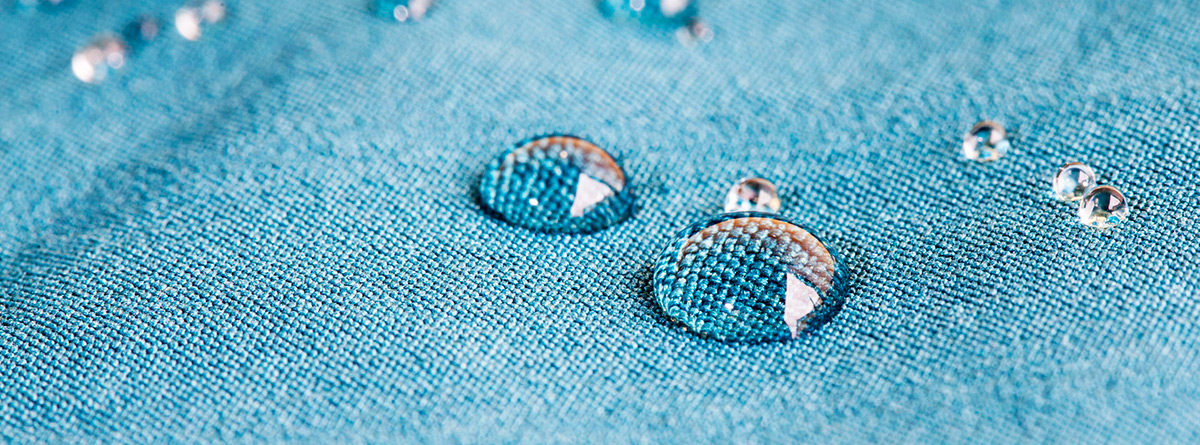With Techtextil Europe just over and the North American edition approaching later this month, having a look at recent innovations in high end technical textiles seems the thing to do. With just under 1500 exhibitors and over 45,000 visitors, the show is a significant event with participants from various segments of the industry.
Technical Textiles market to reach US$160 billion
The US Department of Commerce’s International Trade Administration projects that the world market for technical textiles may reach up to US$160 billion by 2018. As with most industries, the developments in the high end of the market are a good indicator of what the industry as a whole will come to embrace as new technology becomes more accessible.
As might be expected by the motto “Connecting the Future”, the topic of innovative, sustainable solutions and cutting-edge environmentally responsible products permeated the trade show as was seen in both the product range and the symposium programming.
Symposium blocks discussed the future of an industry built on sustainability, resource management and circular economies. Specific issues included sustainable product design, bio-based fibre materials, recycling, upcycling, smart textiles and the evaluation of fire retardant additives in the textile extrusion process.
The benefits of Technical Textiles
While the technologies and products presented are too numerous to discuss, there are a few standouts of interest to the hospitality industry. The replacement of PFCs with protein-based water and dirt repelling finishes is particularly interesting. Green coating technology that relies on environmentally friendly halogen-free aqueous formulations offer a wide range of possibilities in function and design while the latest generation of nano-coatings feature an impressive 100% reduction in water waste among other benefits.
At the opposite end of the lifecycle, biodegradability of a product is an important aspect of assessing its sustainability with a focus of the treatment at the end of its useful life. Considering the 400 year timeline for the decomposition of plastics, there was an understandable emphasis on the use of both natural fibres and newer biodegradable man-made fibres from alternative sources – some as esoteric as non-food milk.

